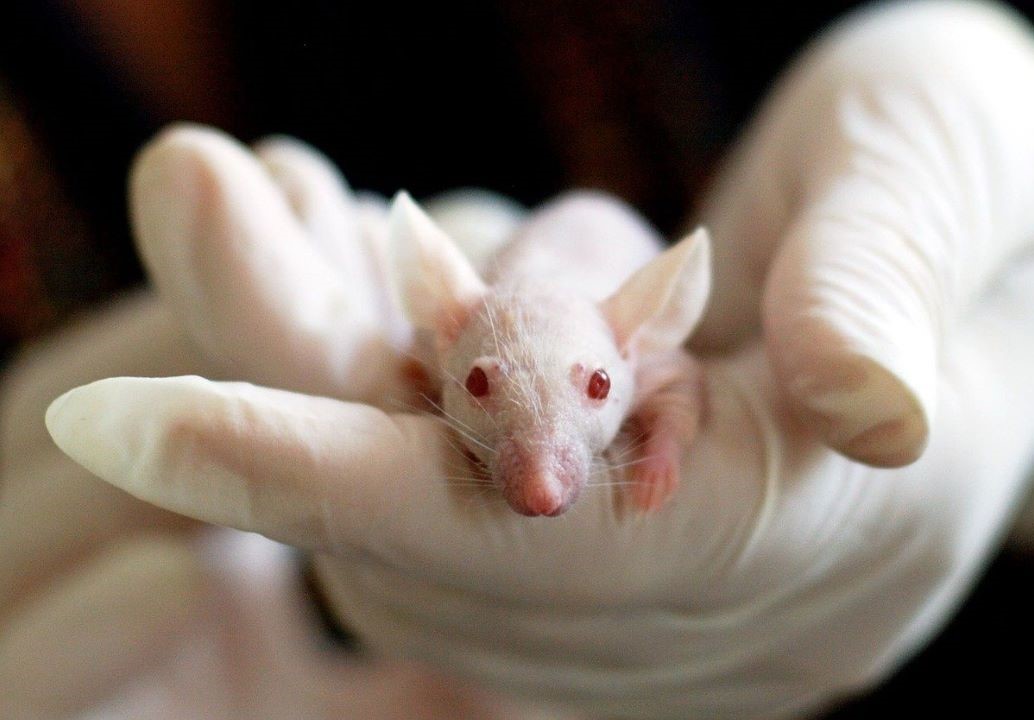The treatment of psychosis has not improved much in the last decade. A new study on the mouse mind shows that there is some resemblance to the human mind. Researchers from the Washington University School of Medicine in St. Louis made the mice hallucinate using a computer game.
Induction of Hallucinations in Humans and Mice
Trained people and mice completed a computer task that caused sound hallucinations in them. Scientists were able to monitor the nerve circuits that are the basis of hallucinations.

“It’s so easy to accept the argument that psychosis is a fundamentally human thing and say, ‘Forget about mice’,” said senior author Adam Kepecs, Ph.D., a professor of neuroscience and psychiatry, and a BJC Investigator at the School of Medicine.
“But right now, we’re failing people with serious psychiatric conditions. The prognosis for psychotic patients has not substantially improved over the past decades, and that’s because we don’t really understand the neurobiology of the disease. Animal models have driven advances in every other field of biomedicine. We’re not going to make progress in treating psychiatric illnesses until we have a good way to model them in animals,” added the professor.
How Mice and Humans Reacted
Psychosis occurs when a person loses contact with reality. During a psychotic episode, people may have delusions or hallucinations – they think they see or hear things that do not occur.

The computer game caused sound hallucinations. People responded at the touch of a button, convinced that they heard a sound. The mice poked their noses into the port again.
A psychotic episode may be a sign of a serious mental illness, such as schizophrenia or bipolar disorder, but people without a mental illness may also have symptoms such as hallucinations. Among other things, the study shows that psychosis is not just a matter of people. Researchers believe this study will help them understand the neurobiological roots of psychosis.
Source: https://www.sciencedaily.com/releases/2021/04/210401151253.html, featured image by Gerd Altmann from Pixabay.




